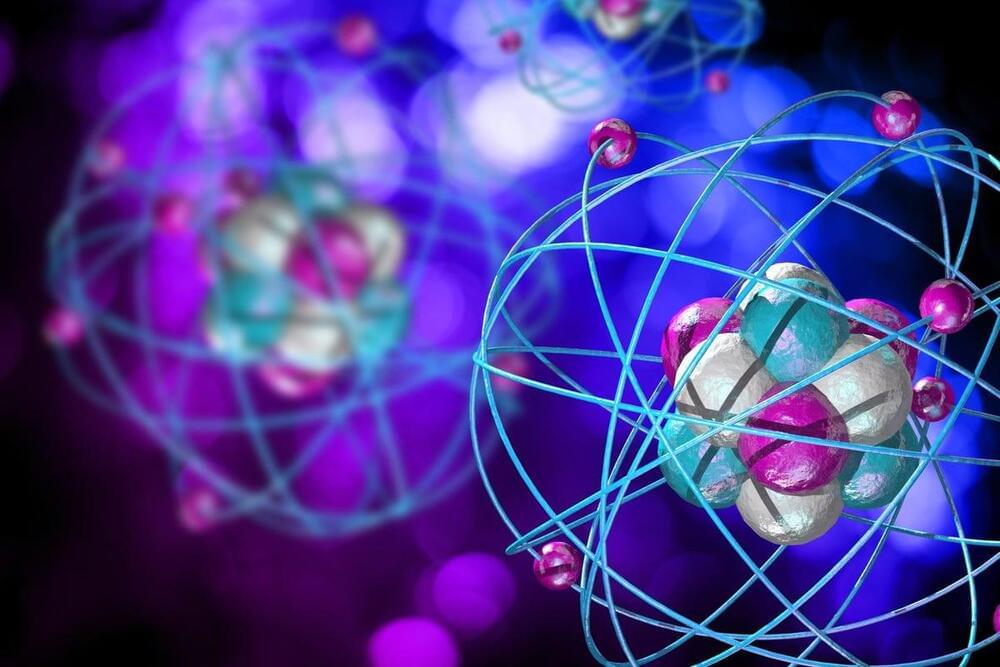Scientists have been able to trap antimatter particles using a combination of electric and magnetic fields. Antiprotons have been stored for over a year, while antimatter electrons have been stored for shorter periods of time, due to their lower mass. In 2011, researchers at CERN announced that they had stored antihydrogen for over 1,000 seconds.
While scientists have been able to store and manipulate small quantities of antimatter, they have not been able to answer why antimatter is so rare in the universe. According to Einstein’s famous equation E = mc2, energy should convert into matter and antimatter in equal quantities. And, immediately after the Big Bang, there was a lot of energy. Accordingly, we should see as much antimatter as matter in our universe, and yet we don’t. This is a pressing unsolved mystery of modern physics.
According to Einstein’s equations, as well as other modern theories of antimatter, antimatter should be exactly the same as ordinary matter, with only the electric charges reversed. Thus, antimatter hydrogen should emit light just like ordinary hydrogen does, and with exactly the same wavelengths. In fact, an experiment showing exactly this behavior was reported in early 2020. This was a triumph for current theories, but meant no explanation for the universe’s preference of matter was found.
